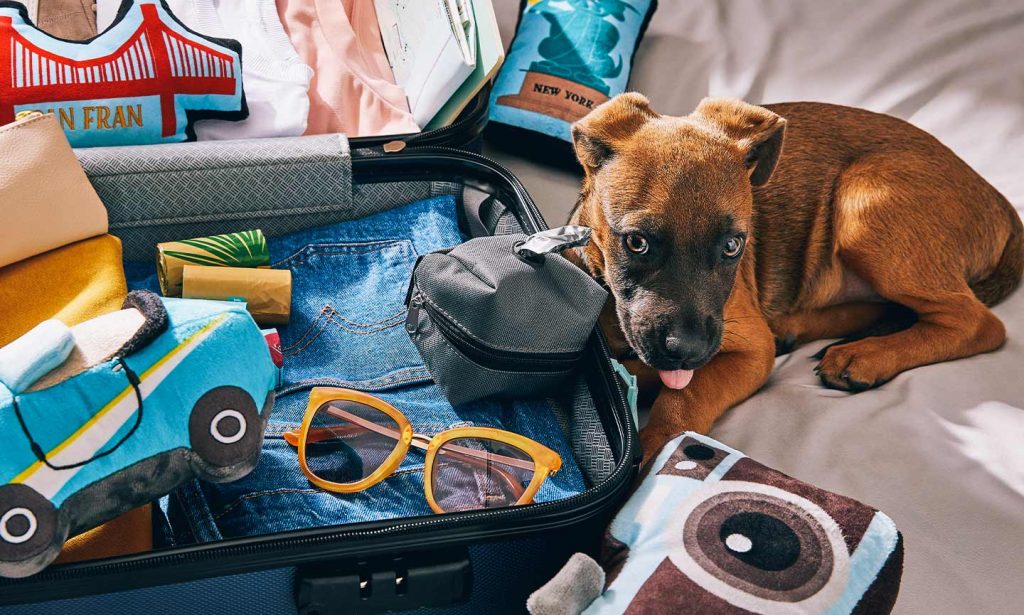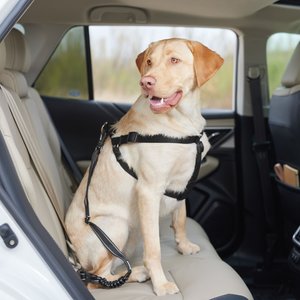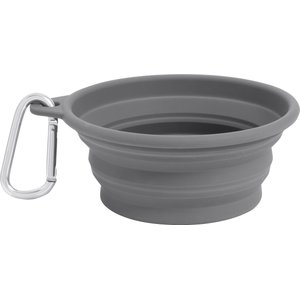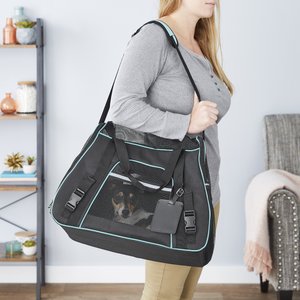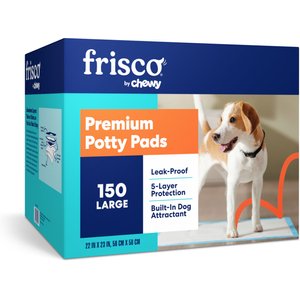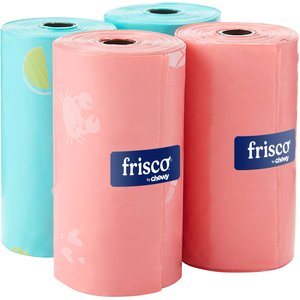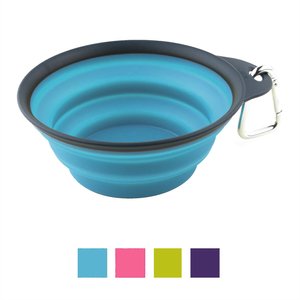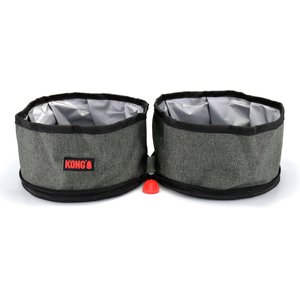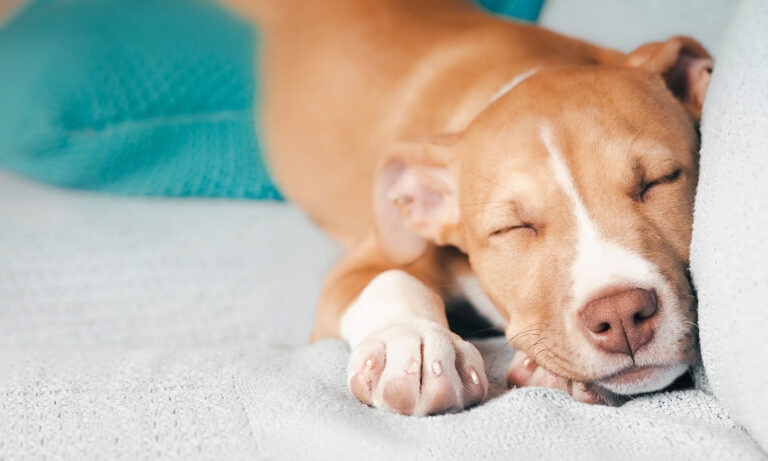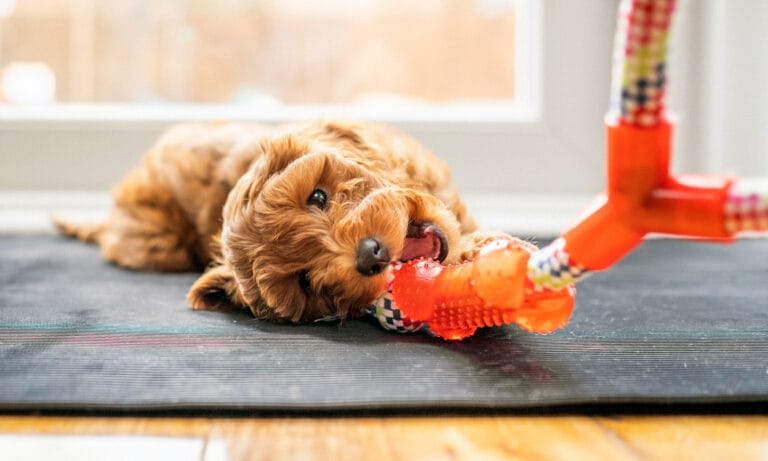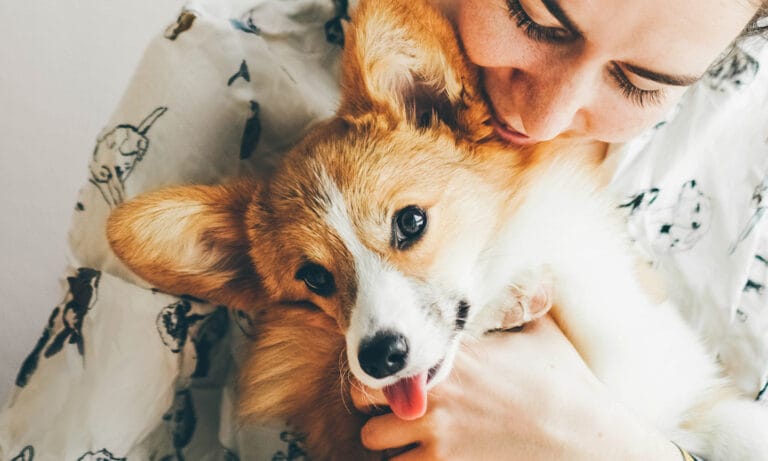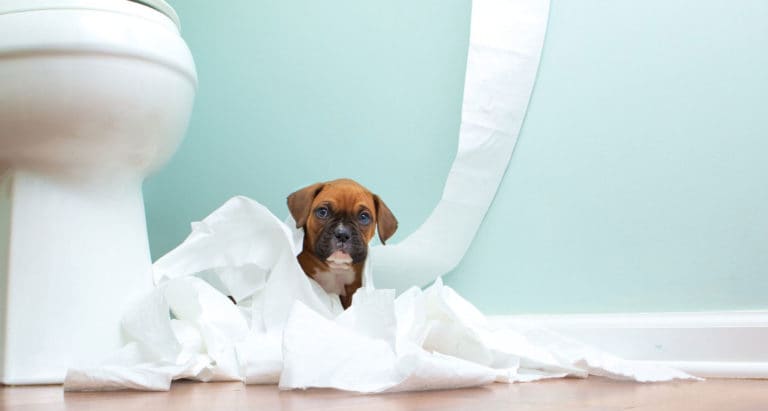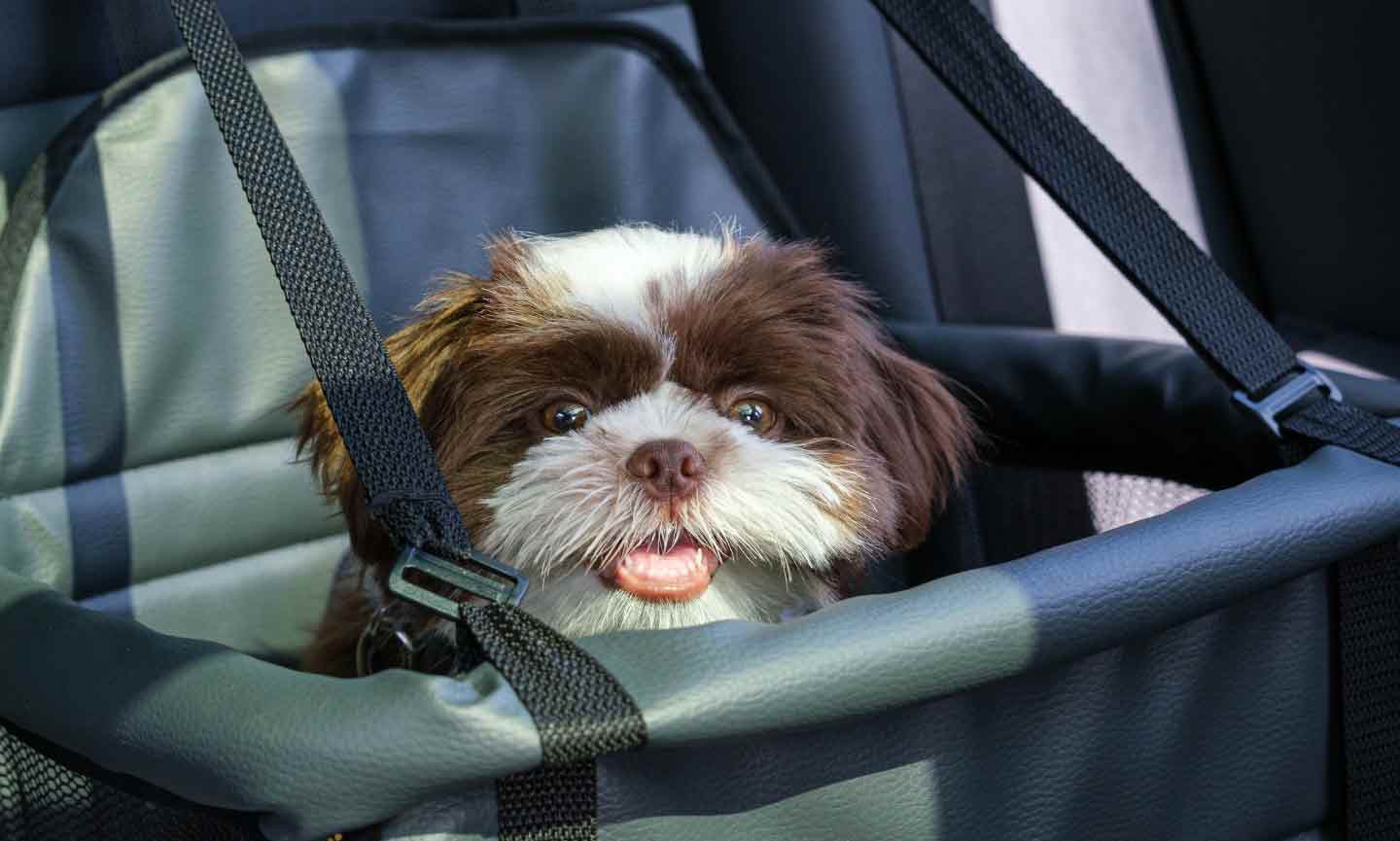
1 Do a Travel Trial Run
Travel can actually also be good for your dog. Puppies need socialization, or exposure to different people and environments—and what better way to show your puppy new things than to travel?
But socialization only works if you take it slowly, at a pace your puppy is comfortable with. So before you set out road tripping for hours at a stretch, do a travel trial run. Just a short car ride can provide valuable insight, says Teoti Anderson, CPDT-KA, a South Florida-based animal behavior expert, dog trainer and the vice president of dog training company A Dog’s Best Friend.
Depending on your puppy’s age and lifestyle, they may not have much car experience, and riding in a car might seem scary to them. Or it might not—all puppies are different. You won’t know until you see how they react to a drive. So strap your puppy in securely (experts suggest using a crate or dog seat belt to keep your pet safe in the event of an accident) and take a 10- or 15-minute drive.
On the road, watch your puppy for signs of stress, including:
If your dog exhibits these symptoms, you’ll need to keep practicing and training them to appreciate life on the road. Find out how training can help dog car anxiety.

2Check In With Your Vet
Before you book your tickets, make sure it's safe for your puppy to travel. When venturing far from home, puppies should be fully vaccinated, with protections against:
- Rabies
- The combination of illnesses covered by the DHPP vaccine (distemper, hepatitis, kennel cough, parainfluenza and parvo)
Depending on where you live and where you're traveling, they may also need vaccines for:
Ask your vet about the protections your puppy needs before making any concrete travel plans, especially in the short term—many vaccines can take weeks to fully protect your pup.
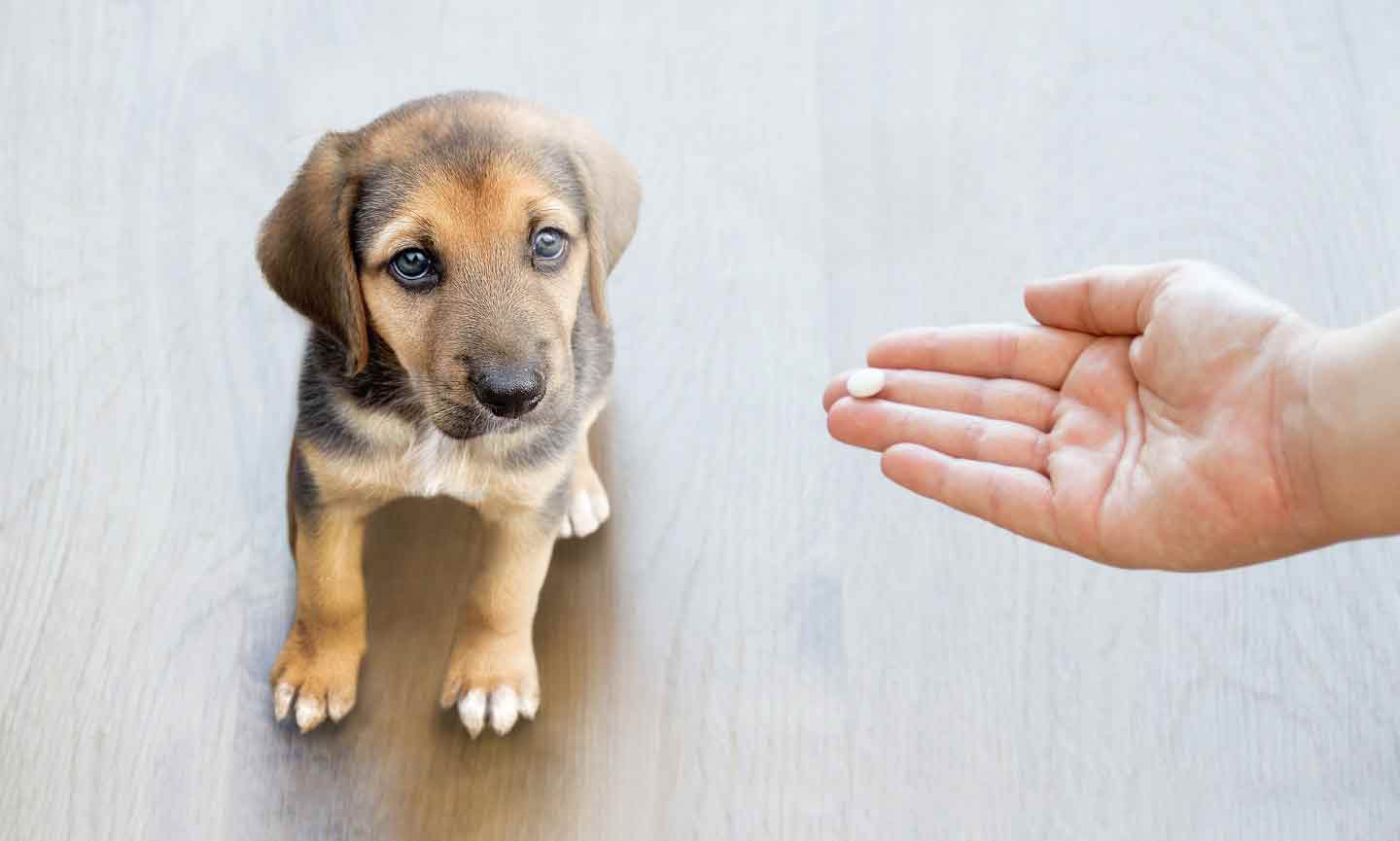
3 Ask Your Vet About Calming Supplements
There are plenty of products on the market promising to quell dogs’ travel-related tension. Many pet parents say that calming supplements have made a big difference in their dogs’ anxiety, especially in situations that can be stressful, like travel.
But not every supplement or medication is appropriate for puppies. A puppy who’s too chilled out may not drink enough water, Anderson says—and that’s a bigger problem than you might think, because dog dehydration can lead to serious medical problems or, in severe cases, even death.
Products with turmeric or CBD could also contradict or react negatively with other medicine your puppy is taking, Anderson adds. So before you give your dog anything new, talk to your vet to make sure it’s safe.
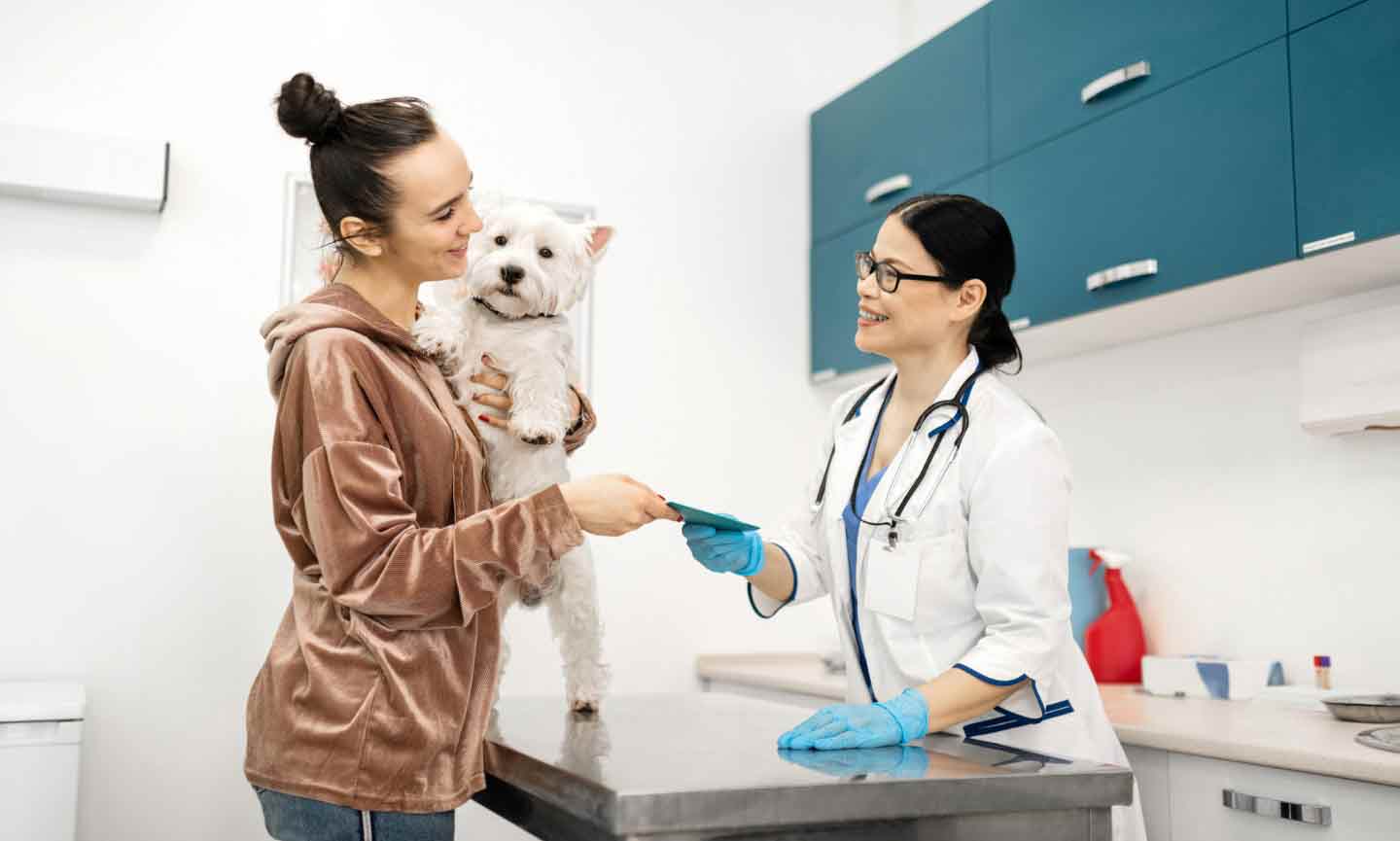
4 Take Your Puppy’s Credentials With You
You wouldn’t travel without your driver’s license or passport. Puppies shouldn’t travel without their important documents, either! Carry these important records with you when traveling with your puppy:
- Medical records: If your puppy needs medical attention while you’re traveling, these will give veterinarians a full picture of their health. They may also be required if you’re traveling out of the country.
- A recent photo: Of course you’re going to keep your pup by your side throughout your trip. But if your dog does become lost, having a photo of your pup can help others look for them.
Just as important, ensure that your puppy’s microchip is fully registered and updated with your most recent contact information.
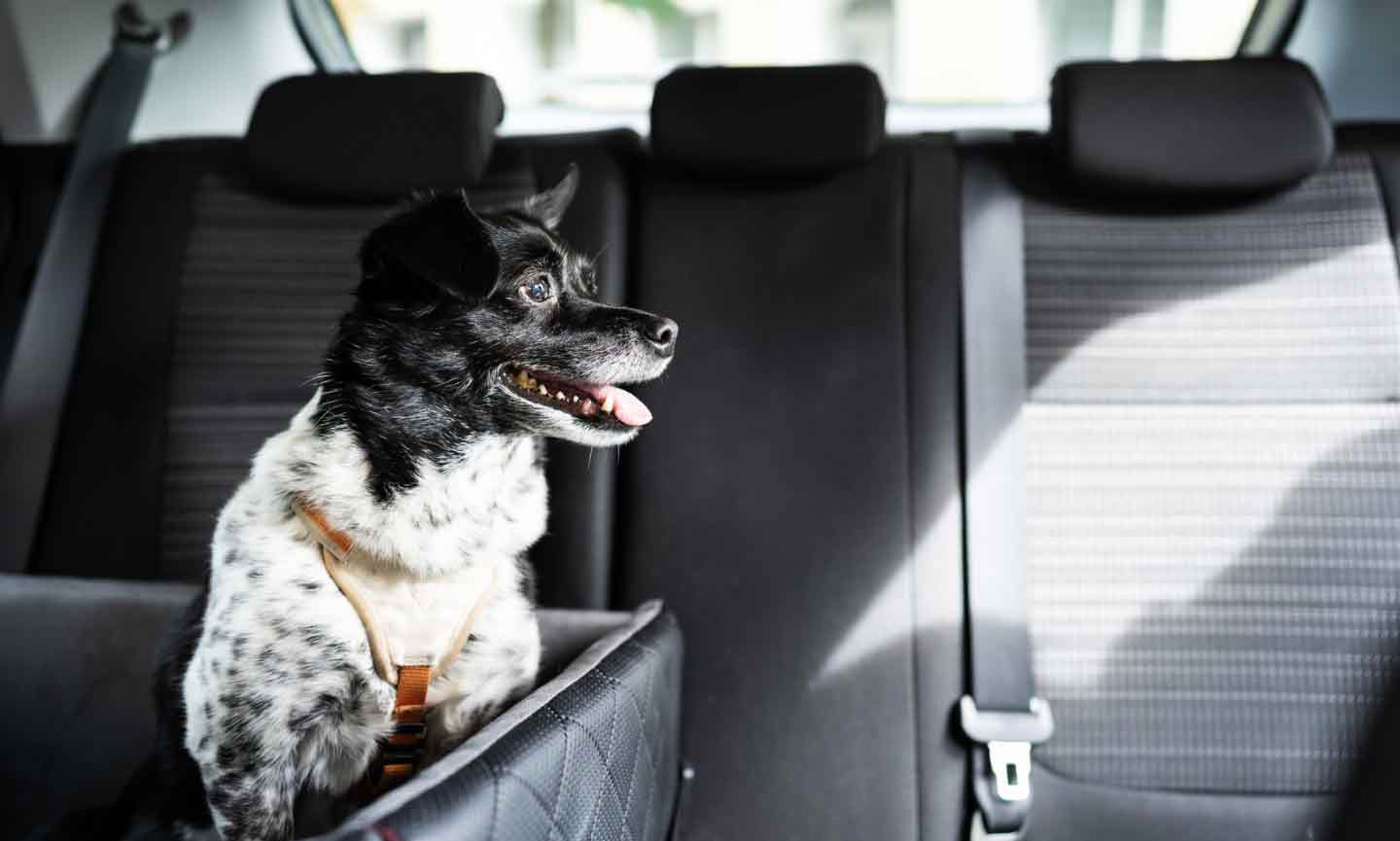
5 Mind Your Puppy's Climate
Puppies have less ability to regulate their body temperature. Compared to adult dogs, they may be more adversely affected by climates that are especially hot or cold. So it’s important to make sure your puppy’s traveling location is at a safe temperature—and to remember that even if you feel comfortable, the same might not be true for your pup.
For example, Anderson says, it’s often cold on airplanes beneath the seats—which is where a puppy’s carrier is typically stored. It can be frigid for dogs on planes! So if you’re flying with a dog, provide a blanket or shirt for them to snuggle in their carrier, and check on them often to ensure they’re comfortable.
Shop Related Products on Chewy
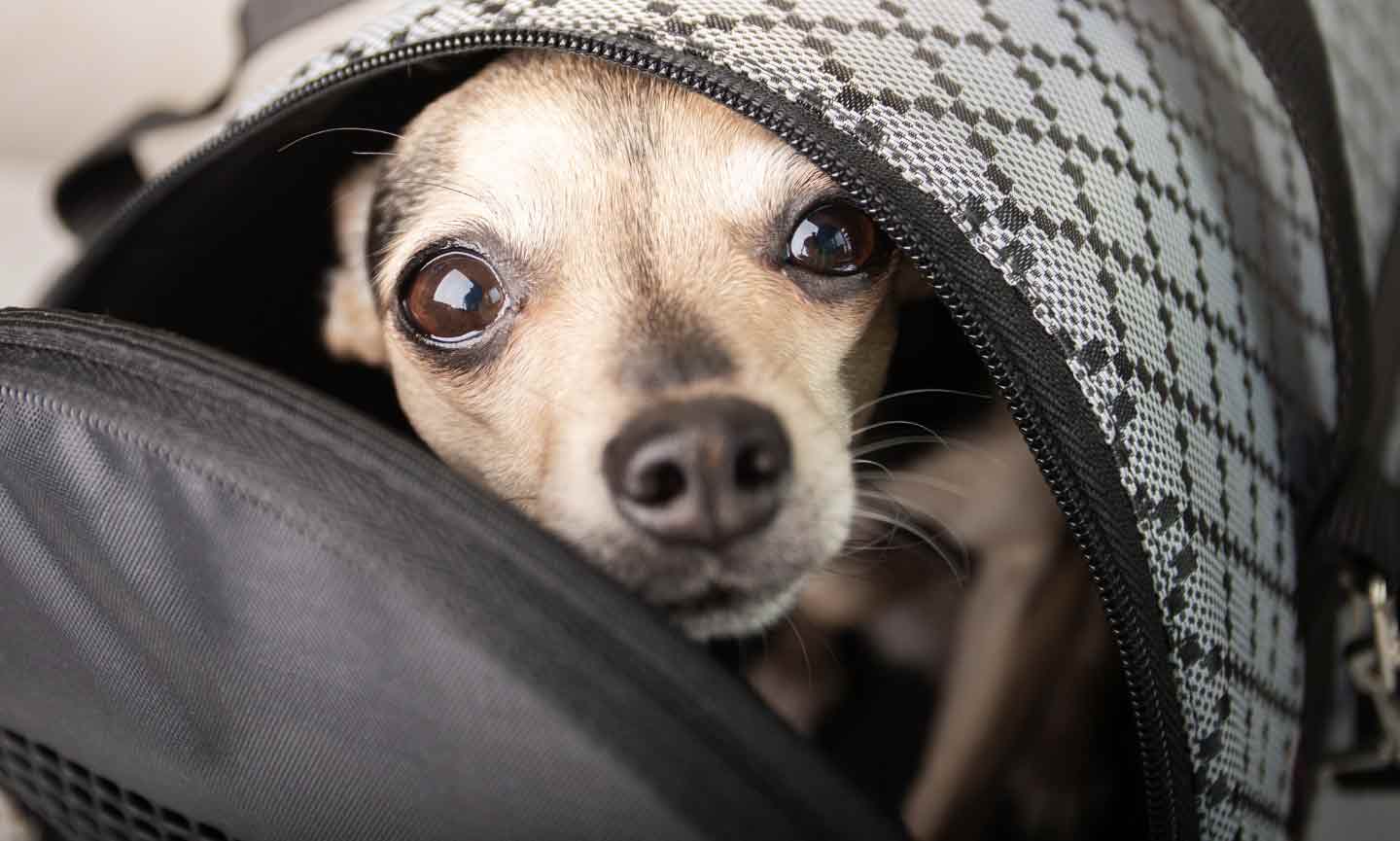
6 Embrace the Crate or Carrier
If your puppy isn’t yet crate-trained, it’s a good idea to start that process well before your trip to ensure they get comfortable in small spaces. This process can take days, weeks or even months, Anderson says: “You do not want to wait until a week before your trip.” Find out how to crate train a puppy.
Keep in mind that your at-home dog crate will likely be different from a travel carrier you’d use in an airport. Home crates are usually made of wire or wood, and though some are soft-sided and designed to fold up and be tucked away for travel, they’re not usually meant for transporting an animal by plane. Airport-friendly travel carriers, on the other hand, are typically made of fabric or plastic and are more lightweight. And don’t forget, they’re meant to move! It’s important to practice with your puppy in the crate or carrier you’ll be using during your trip.
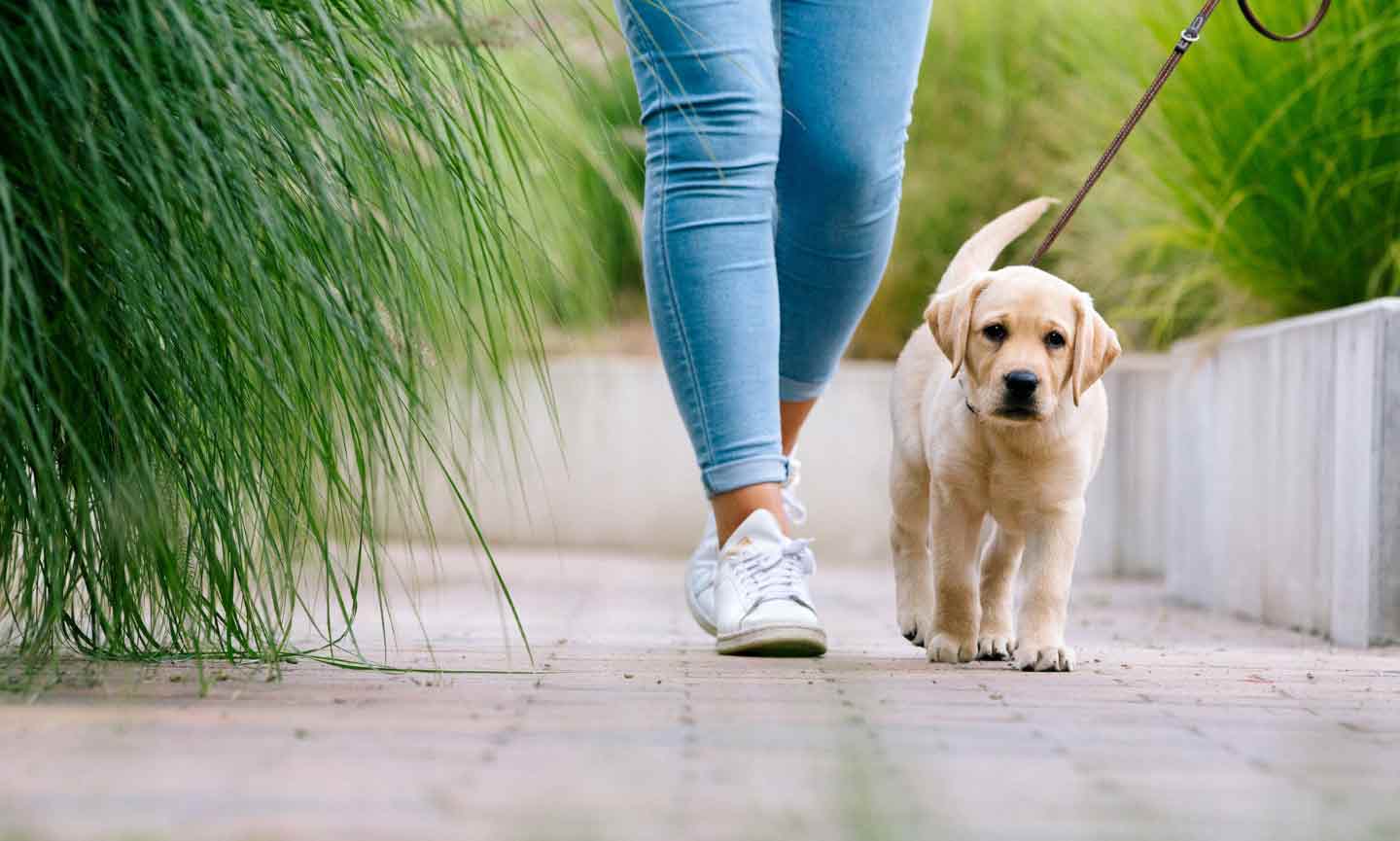
7Plan Frequent Potty Breaks
Human children are notorious for interrupting long drives with the cry, “I need to go potty!” It’s exactly the same for puppies. They drink more water, plus their smaller bladders and still-developing pelvic muscles mean that they have to go more often, so it’s your job to take as many breaks as they need.
Bathroom scenarios can vary depending on the mode of travel. Road tripping with your pup? Map out the rest stops on your route. Flying with a dog? Know where the pet relief areas are at your departure and arrival airports, as well as anyplace you have a layover. And in case of emergencies, always have extra pee pads available. Hey, when puppies have to go, they have to go.
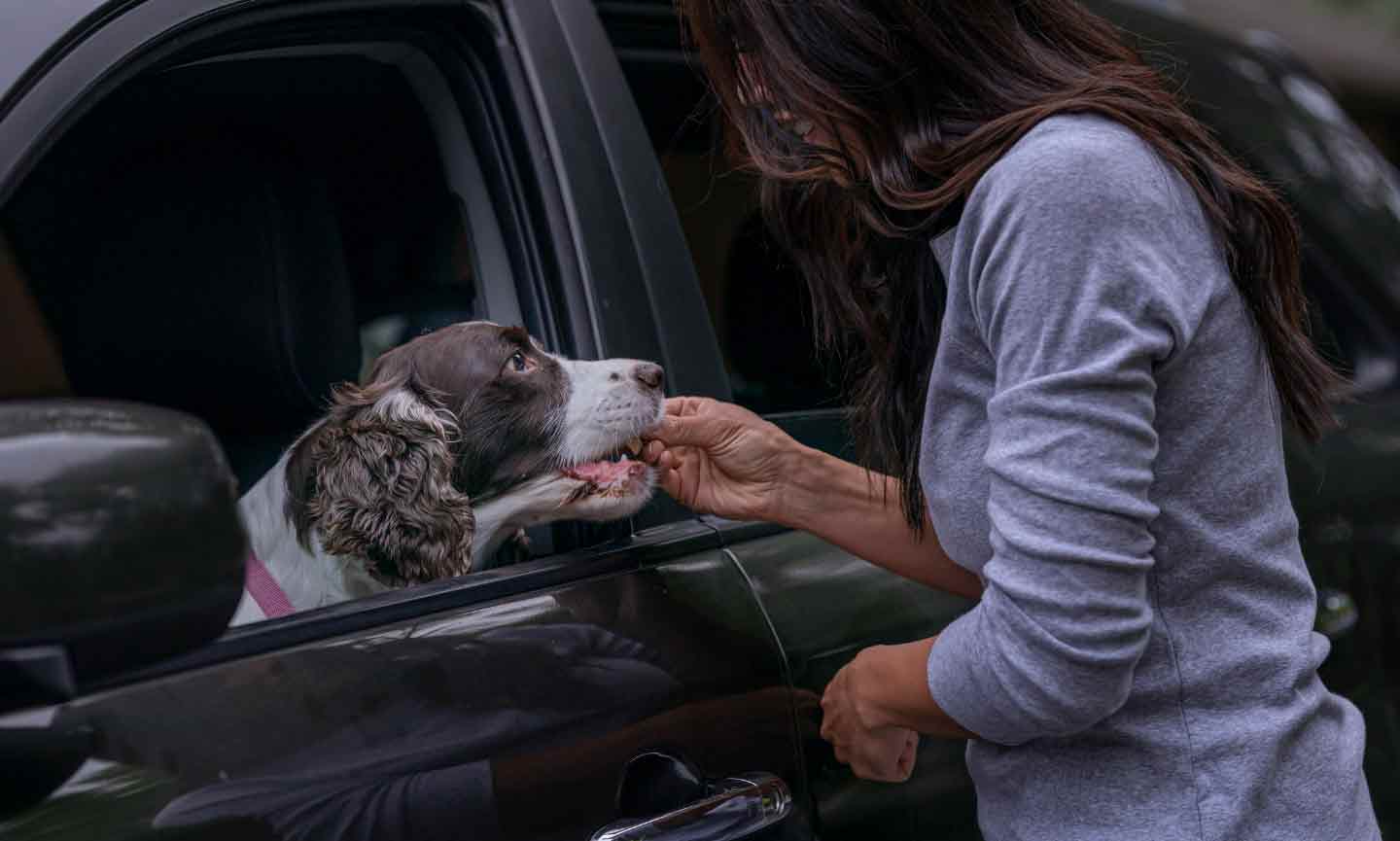
8Don’t Skimp on Snacks

9Bring Plenty of Toys
When you travel, you might listen to a podcast or flip through a magazine. It’s nice to have a lot of different ways to pass the time, right? Same goes for your puppy! Don’t forget about the toys your puppy can enjoy on the journey, too.
Is your puppy a big chewer? Um, is the sky blue? Chewing is hobby No. 1 for most pups. But if your puppy’s jaws are strong enough to break apart toys, you’ll have to be extra careful what you give them to play with in their carrier. “I would not put anything in the crate that your dog could ingest inappropriately,” Anderson says. Test out any potential toys with your puppy in advance to make sure they can’t chew off parts that could become choking hazards. And if you’re traveling by car, consider products with treats or fillings, like the KONG Puppy Dog Toy that can be stuffed with your puppy’s favorite treat.
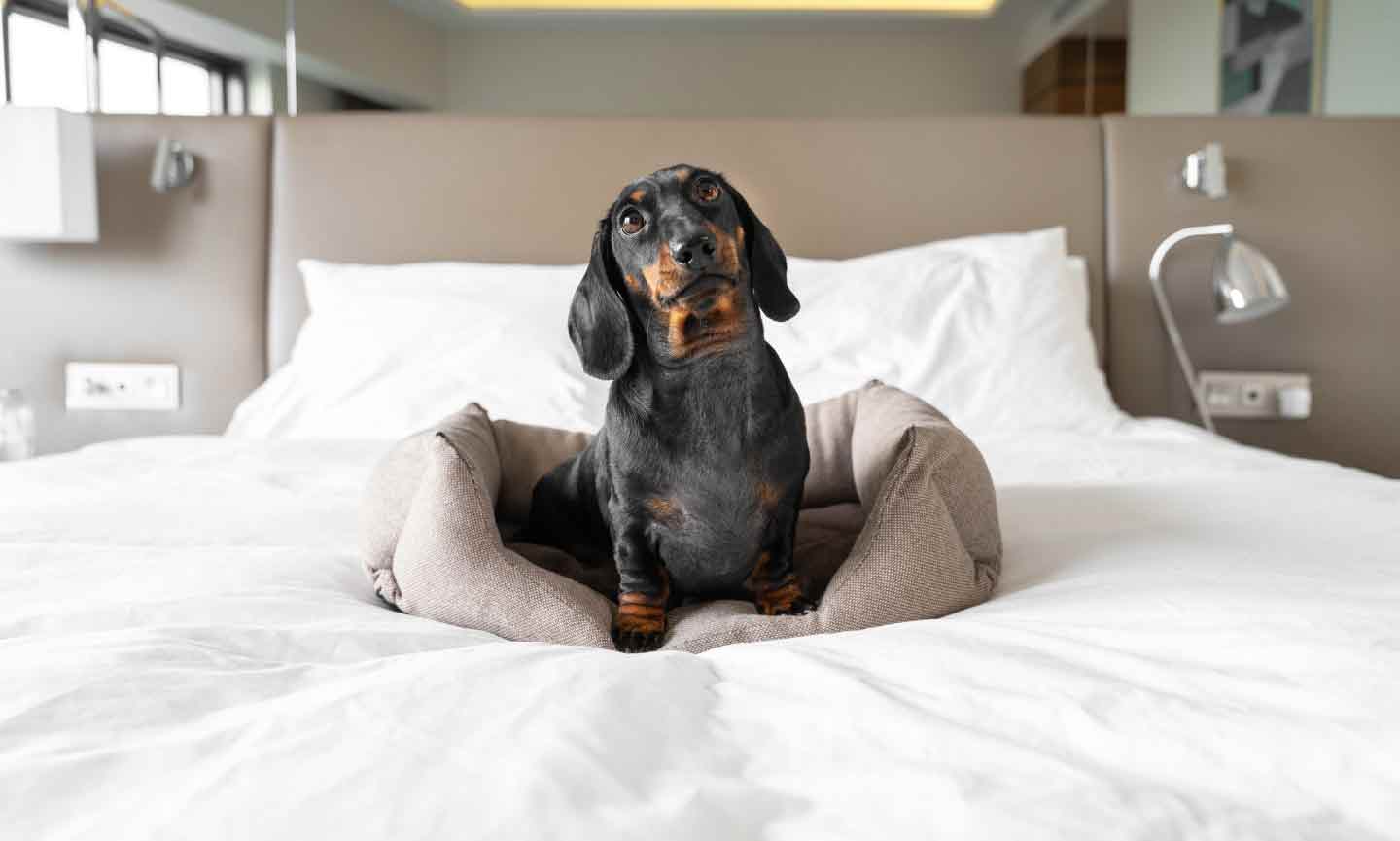
10 Know Your Airline’s and Hotel’s Pet Policies
Each airline and hotel has its own pet policies, and they most likely require pet carriers. But how do you know whom to call and when to verify? Sharon Callan, CPDT, ABCDT, dog trainer and owner of Paws Be Good 4 U and president of Shelter Dogs for Veterans, advises travelers to let their airline know they’ll be traveling with a pet at the same time as they make the reservation. An airline’s rules for in-cabin pets may include:
- Limits on a dog’s size or certain dog breeds
- Requiring a recent health certificate
- Requiring proof of current rabies vaccination
- Requiring a letter from your doctor if your dog is a service dog
- Charging a pet fee in addition to the cost of your ticket
- Limits on which cabins allow pets and/or how many pets per cabin
- Limits on the types of carrier/plane that allow pets
Because your in-cabin pet counts as your carry-on, you might be paying to check your carry-on unless you get a free checked bag because of a perk. Each airline’s pet policies can be different, so it’s best to get the details directly from them.
More Specifics on Pet Policies by Airline:
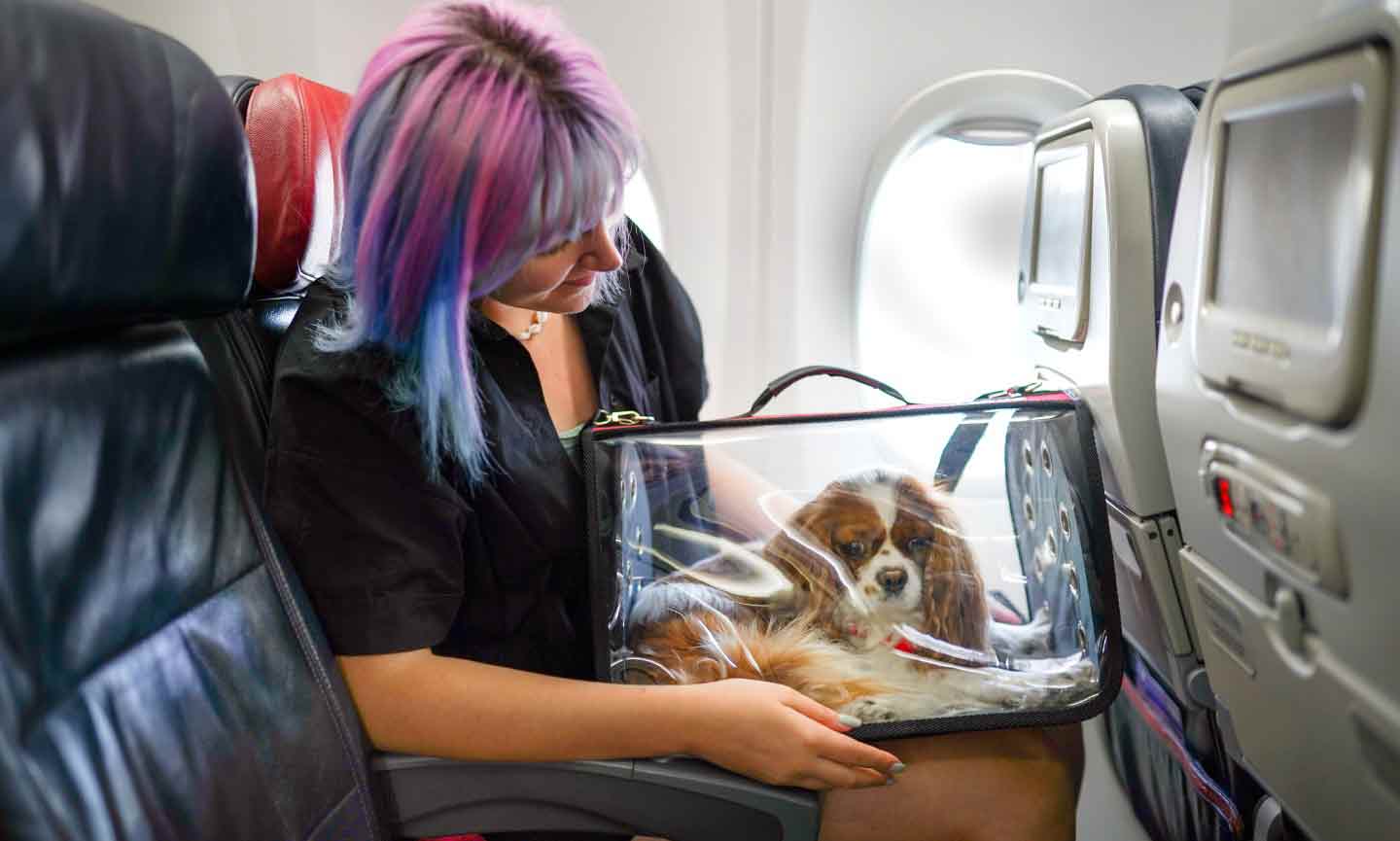
11Always Carry On Your Dog
This may seem obvious, but always carry-on your dog—and avoid the cargo hold at all costs. “I would never recommend checking dogs as airplane cargo,” says Callan. “It isolates the dog. You’re putting them in a fearful position. And dogs have died in shipments.”
Callan recommends crate training your dog beforehand so that they can sit easily while aboard, and to carry treats with you so you can reward your dog for being well-behaved once you land.
Take these important steps, and you and your puppy will be fully prepared to set off toward your final destination—and ready for the next trip, too. Now all you need is a great destination, so check out these top 10 dog-friendly vacation spots.
Christine Borges contributed to this article.
More Travel Tips
Share:
